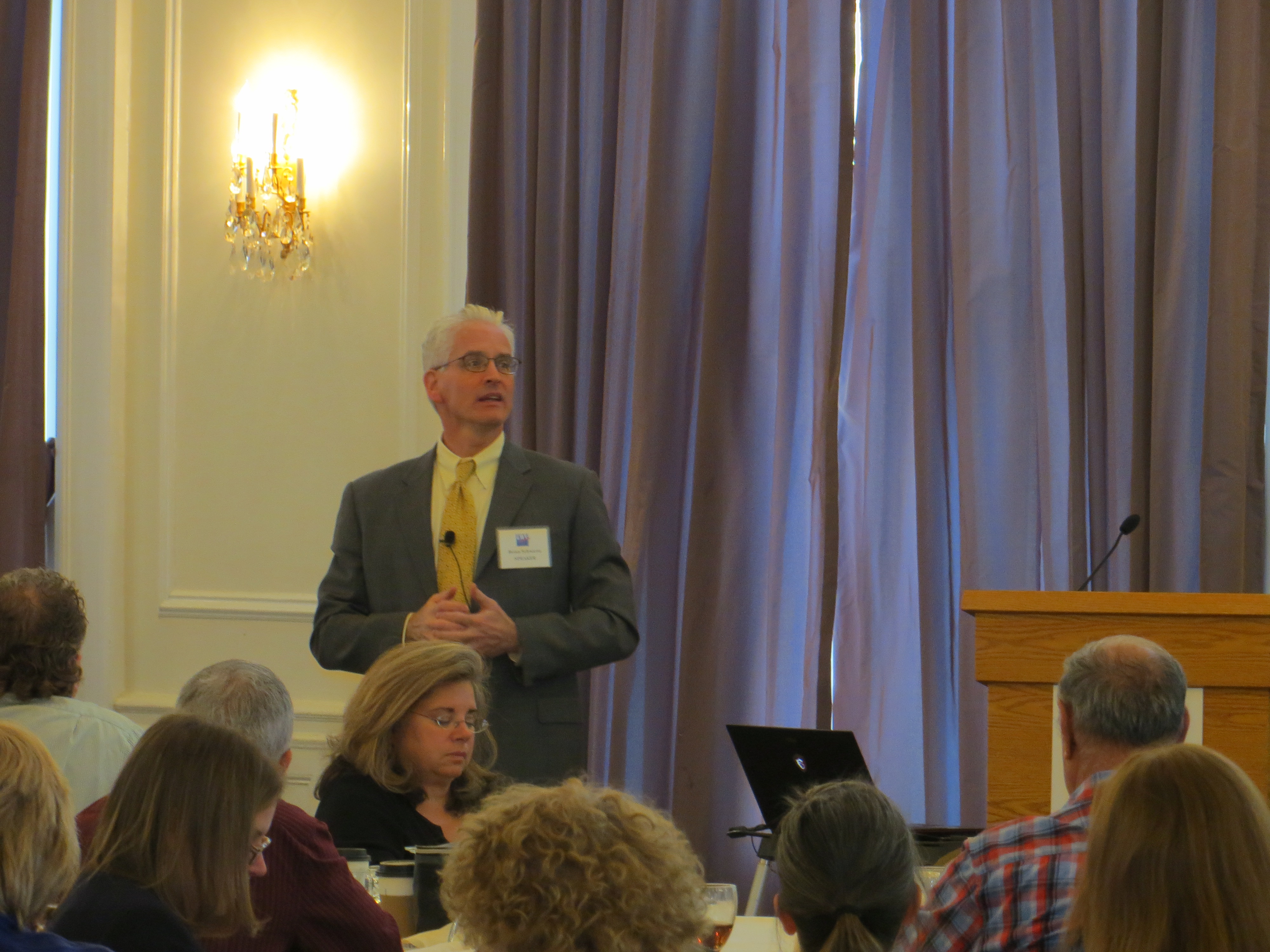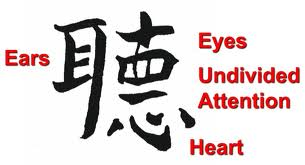Navigating the Winds of Change—Air Quality Monitoring Expands Further into the Public Realm
A perfect storm is brewing that will cast more air quality data into the public realm than ever before. Refineries are preparing to comply with

This Speck model is one of several personal air quality monitoring devices available to the public and used by citizen science groups near sites of interest, such as unconventional natural gas drilling sites.
EPA’s new mandate of fenceline monitoring for fugitive emissions by late 2017, and other industries are eying the mandate as a harbinger of future regulatory initiatives. In the meantime, advocacy groups are equipping concerned citizens with next-generation air monitors and EPA is evaluating how inexpensive sensor technologies could supplement existing government air quality networks.
The best way to deal with the coming changes? Engage, and get to the table as quickly as possible. Here’s why:
If you’re not at the table, your interests and experience won’t be represented. When policies and positions that were created in a vacuum intersect, they are horribly out of alignment. Weighing in as a stakeholder (more…)
Public Institutions Should Make Shale Gas Health Study Data Available to All Stakeholders

When it comes to transparency, playing by the same rules will benefit everyone.
Members of the public are hungry for answers on whether unconventional natural gas development (UNGD) is affecting their health. This was clear at a well-attended conference in November on shale and public health, which was hosted by the University Of Pittsburgh Graduate School Of Health and presented by the League of Women Voters of Pennsylvania (LWVPA).
Also clear at the conference was that early public health research on potential impacts from UNGD has relied largely on anecdotal evidence, survey information and associations between epidemiological data and proximity to UNGD activities. Two things can be fairly said about this research: 1) a number of studies have inferred health impacts without rigorous evidence to support these conclusions and 2) there is no evidence to firmly rule out these impacts. And so stakeholders from all perspectives continue to work on closing the gap in scientific knowledge. (more…)
Five Tips for Getting the Most Out of Your Environmental Plans
 Take the reins. It’s you, not your consultant, who will be responsible for implementing plans and demonstrating to regulatory agencies that they work. If you’re having a consultant develop the plans, actively guide the work and make sure you do a reality check.
Take the reins. It’s you, not your consultant, who will be responsible for implementing plans and demonstrating to regulatory agencies that they work. If you’re having a consultant develop the plans, actively guide the work and make sure you do a reality check.
Look under your nose. Employees on the front line are often your best source of information, and your most valuable resource for problem solving. Involving these associates in developing the plans increases your likelihood of success.
Test your response plans. Don’t keep your plans on the shelf until the next legally-mandated update. Practice gets you closer to perfect, and even table-top exercises can help work out the bugs. If you can conduct emergency drills, consider involving outside responders identified in your plan.
Don’t tie your hands. While your plans should be prepared with sufficient detail to be useful, they should not be unnecessarily specific. Allowing some flexibility allows you to adapt your plan and avoids the need for excessive revisions.
Encourage feedback. Promote the reporting of near misses and find ways to encourage suggestions for continuous improvement.
Five Steps for More Effective Public Involvement on Environmental Projects
Listen first. It is often said that communication is a two-way street. Think of it more as an alley—one person at a time, and you yield first. When people are upset, often their first and greatest need is to know that they are legitimately being heard, and you can’t listen when you are speaking.
Don’t assume. We often assume that we know what others’ concerns are, and just as often we are wrong. Do your research before planning your communication activities. And don’t be lulled into thinking that no news is good news. There may be issues brewing under the surface.
Call an ace an ace. Be aware of the expectations you are setting with your stakeholders. If you’re merely keeping them apprised of a situation, without opportunity for input, don’t call it participation. The more transparent you are about your plans, the less likely you’ll set false expectations.
Write a plan. Resist the urge to shoot from the hip just because there is no legal requirement for preparing a plan. Like all undertakings, public involvement requires sound planning if you want to be effective—from researching the needs of your stakeholders to scoping your timeline, budget, and evaluation process.
Shift your thinking. Public meetings often are viewed as the first milestone of public involvement for environmental projects. Ideally, however, public meetings should be the culmination of involvement activities. Stakeholder outreach should occur at the outset—before decisions are made and positions are set.
API Issues Community Engagement Guidelines for Oil and Gas Projects
The American Petroleum Institute issued the first edition of its Community Engagement Guidelines, dated July 2014, for oil and gas projects. The Guideline was provided as a flexible strategy for both operators and stakeholders, covering the life-cycle of a project, from initial site entry through eventual exit upon closing the company asset, such as an oil or gas well.
For a copy of the Guidelines, click here.
Sound Check – How Well Are You Listening?

If you’re not practicing active listening, you’re missing out on more than you think.
Want to become a better communicator, particularly when you are engaged in a sensitive issue or a conflict? Then become a better listener.
Why? Because people can tell when you’re not really listening. And when you don’t listen, they feel resisted. And when they feel resisted, they:
- Feel compelled to keep repeating whatever they felt wasn’t acknowledged.
- Escalate with stronger, more emotional language.
- Become more accusatory.
- Start seeing you as the enemy.
- Become more fixed and rigid in their positions, and less open to alternatives.
Think about the times when people were only half-listening to you, clearly thinking about other things or just waiting for their turn to speak. How about the last time you argued with (more…)
What Michelangelo teaches us about writing.
Asked how he carved the magnificent statue of David from a block of marble, Michelangelo is said to have replied “I just took away everything that was not David.” Turns out, that’s great advice for writers as well as sculptors. (more…)
Deadline approaching for comments on Chemical Facility Safety and Security
Public comments on Executive Order 13650, Improving Chemical Facility Safety and Security, are due March 31, 2014. For more information, visit EPA’s website at http://www.epa.gov/emergencies/eo_improving_chem_fac.htm. To view comments by the American Chemistry Council, visit http://www.americanchemistry.com/Policy/Security/Presidents-Executive-Order-13650?gclid=CMilpvDPlL0CFUpnOgodMmcA1g ….
Updated PA DEP Public Participation Policy Available
For PA DEP’s updated “Policy on Public Participation in the Permit Application Review Process,” visit http://lnkd.in/d4aT-4M.
